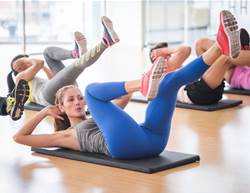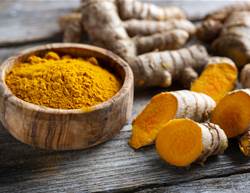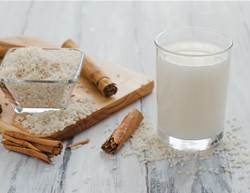Whether you like to go for a nice daily stroll or hit the gym hard, there’s a chance you’ve been curious about the amount of kilojoules various workouts burn. And the fact is, not only does the type of workout impact how many kilojoules are burned, but so does the duration of exercise, your pace, intensity, and your age, height, and weight.
What factors impact the amount of kilojoules burned?
According to Health Direct, an Australian adult requires about 8,700 kilojoules per day for a healthy weight. Your ability to burn kilojoules is impacted by your age, height, intensity of workout, and duration and pace of your workout.
Age is an important factor in determining kilojoules burned. “If you’re 60 and less mobile, then you’re not as agile and able to reach as high of an intensity during a workout than if you were an 18 year old,” personal trainer Daniel Saltos says. And intensity matters. How quickly you move between sets impacts your level of heart rate, which determines how much energy (kilojoules) your body burns.
Duration and pace can also determine how many kilojoules you burn during exercise. For instance, “walking can burn up to 1,200 to 2,100 kilojoules in an hour, whereas running can burn that same amount in about half of the time,” Saltos explains. You’ll also burn more kilojoules by walking for a longer period of time, versus say 10 minutes.
How to burn more kilojoules during a workout
Although the amount of kilojoules each person will burn during any given day varies, there are still some ways you can increase the amount of energy you burn. Saltos recommends keeping an eye on your heart rate.
“An elevated heart rate is your body’s physical response to pumping more blood. This requires more oxygen and energy, resulting in more kilojoules burned,” Saltos says. Increasing the intensity of your workout and reducing rest time in between reps can help keep your heart rate elevated. “If you usually do 1 minute in between sets, try 30 to 45 seconds of rest,” Saltos suggests.
You can also make your workouts work better with compound exercises. “Compound movements use multiple muscle groups at once,” Saltos says. “If you do a bicep curl, this will only target a single muscle — the biceps. A chin up, on the other hand, uses the biceps, back, and core muscles, so you’ll burn more kilojoules.”
Which types of workouts burn the most kilojoules?
You can level up any workout with the suggestions above, but the type of workout you choose can also naturally burn more kilojoules. Running, swimming, high intensity interval training (HIIT), and cycling are just some of the exercises that give you more bang for your buck.
Running
“Running is one of the best kilojoule burners out there,” Saltos says. An average person can burn anywhere from 2,100 to 4,200 in one hour of running. “Speed, pace, and endurance are all factors that can impact this range. But running uses every muscle group in the body, allowing you to burn more kilojoules.
Swimming
Swimming is a low-impact workout that also targets multiple muscle groups. “In just 30 minutes of swimming, an average person can burn 840 to 1,260 kilojoules,” Saltos says. Swimming also improves cardiovascular health, builds endurance, and increases strength—all great reasons to want to hop in the water.
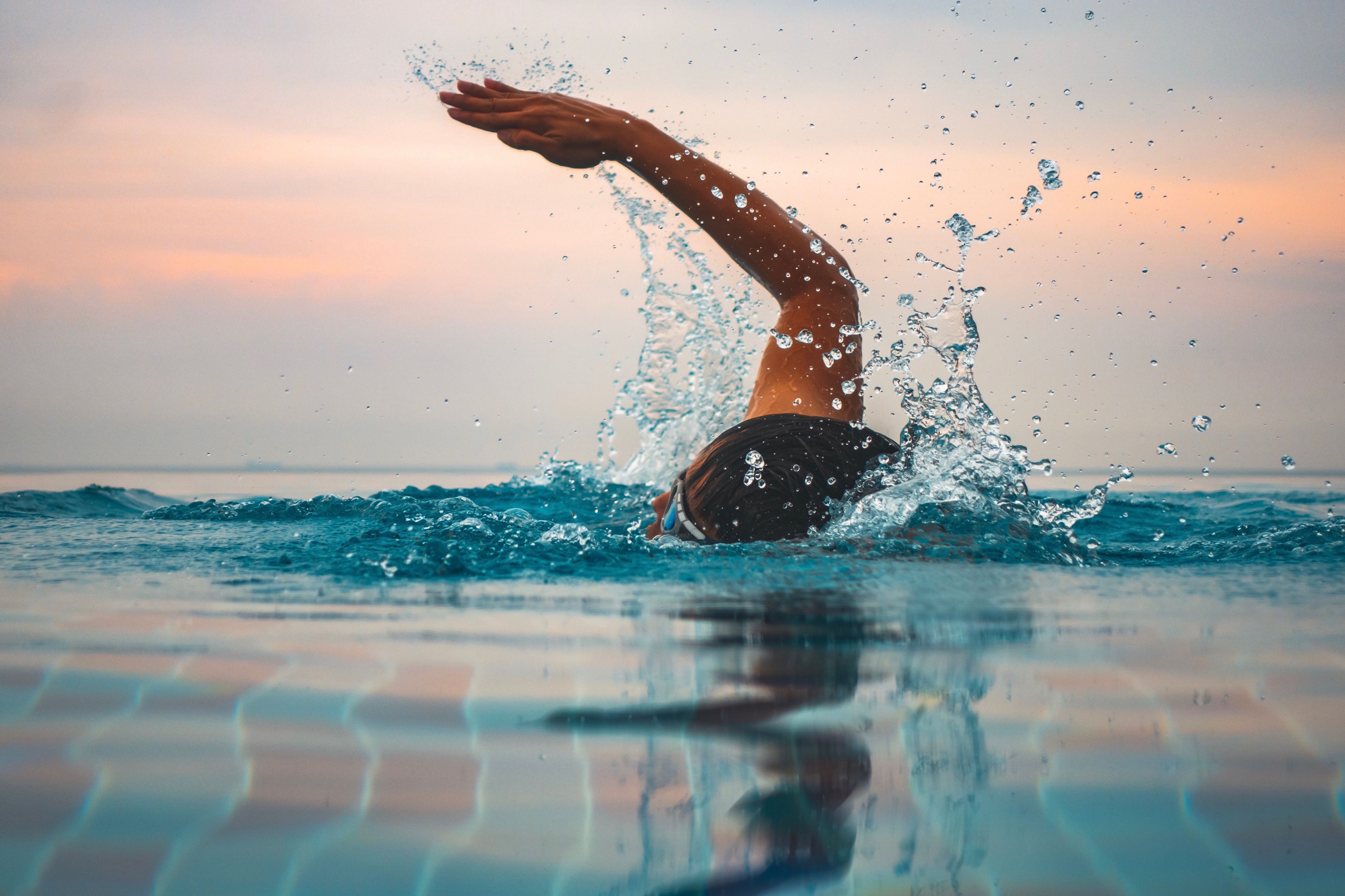
Cycling
There’s nothing like a nice evening bike ride when the weather’s nice, and it’s actually a great workout for you as well. A long, steady bike ride can burn up to 2,100 to 2,940 kilojoules in an hour, Saltos says. “If you want to up the intensity with intervals of sprinting on a stationary bike for 20 seconds, and resting or slowing down for 10 seconds, then you can burn 2,100 to 2,940 kilojoules in about half of that time,” he notes.
High Intensity Interval Training (HIIT)
If you want intensity, HIIT exercises provide exactly that. These workouts involve working hard in intervals, then resting. “There are so many versions of HIIT, but traditional tabata involves pushing yourself for 20 seconds and resting for 10 seconds, for 8 rounds or 4 minutes,” Saltos says. Because your heart rate will stay elevated, you’ll burn more kilojoules in less time. “On average, a person will burn 1,680 to 2,520 kilojoules in 30 minutes,” he says.
Jumping rope
This childhood activity can actually do wonders for your health. “Jumping rope is great for strengthening the lower and upper body while improving endurance and cardiovascular fitness,” Saltos says. It also improves your coordination, because your mind has to work while you jump. Jumping rope can burn 2,520 to 4,200 kilojoules in an hour.
Strength training
Strength training is one of the most efficient ways to burn more kilojoules. “One hour of strength training can burn 1,260 to 1,680 kilojoules on average, but you’ll continue to burn more kilojoules throughout the day because of the EPOC effect,’” Saltos says. The EPOC effect, also known as excess post-exercise oxygen consumption, represents an increase in metabolism that occurs after strength training linked to the consumption of oxygen that is required to help restore the muscles.
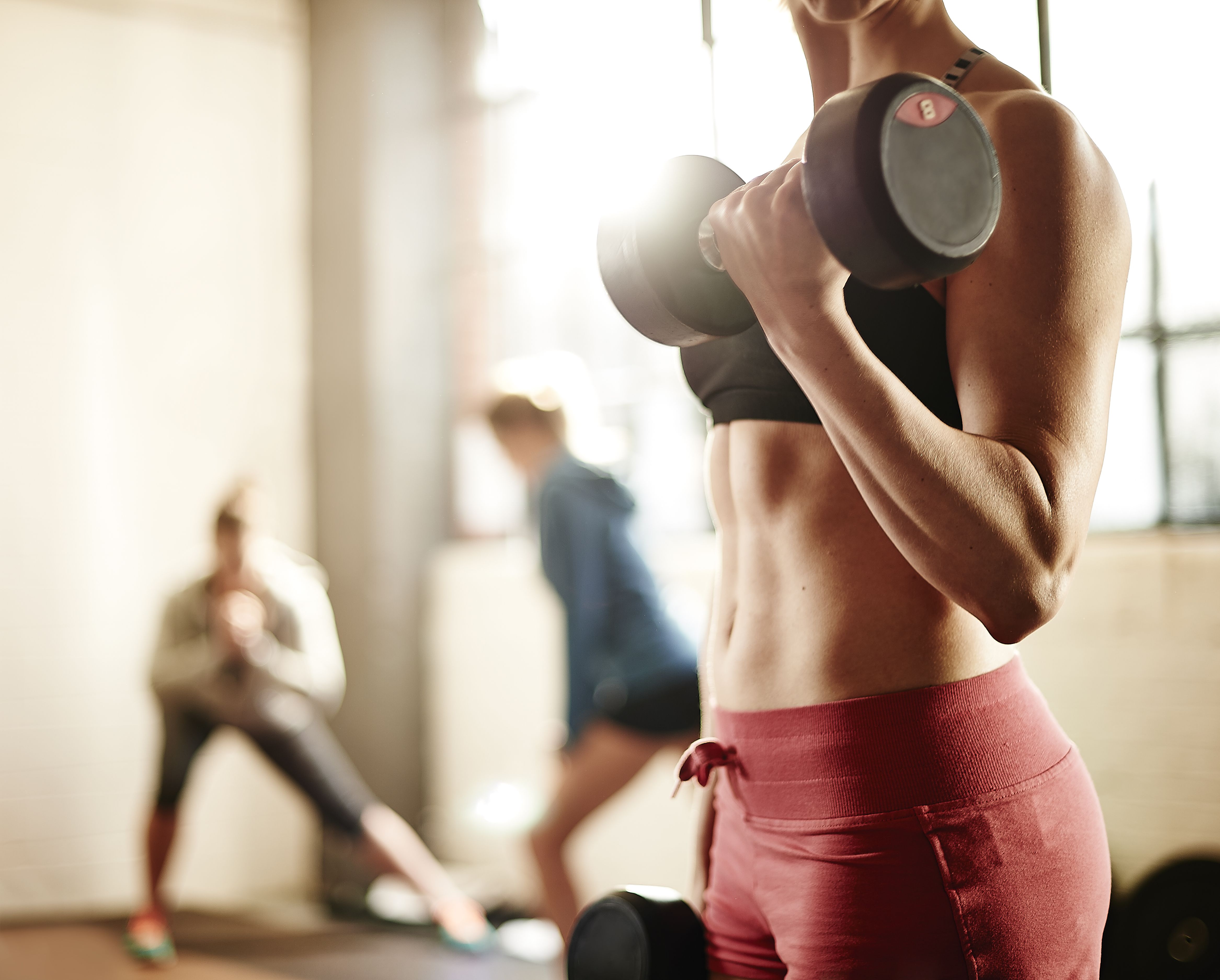
Boxing
Not only is boxing a great way to release pent up energy, but it also helps improve balance, boost endurance, and strengthens the upper body and core. “Boxing helps you get a good kilojoule burn, too, with the average person burning up 2,100 to 3,360 kilojoules in an hour session,” Saltos says.
Rowing
The pushing and pulling motion of rowing machines targets multiple muscle groups including the arms, core, and back, helping you to burn more kilojoules. “An hour of rowing will burn 1,680 to 2,520 kilojoules on average,” Saltos says.
Overall, any exercise is good exercise
The old saying goes, any exercise is better than none at all. If you only have time for 10 minutes of exercise a day, it is better than 0 minutes a day. “Everyone is fixated on kilojoules burned during exercise, but the kilojoules you burn during that one hour at the gym only account for 10 percent of the kilojoules you burn in a day,” Saltos says.
Look for opportunities throughout the day to optimise kilojoules burned, like parking further away from the grocery store, standing while you work, or taking the stairs instead of elevator. “This will make a huge difference in how many kilojoules you burn,” he says.





